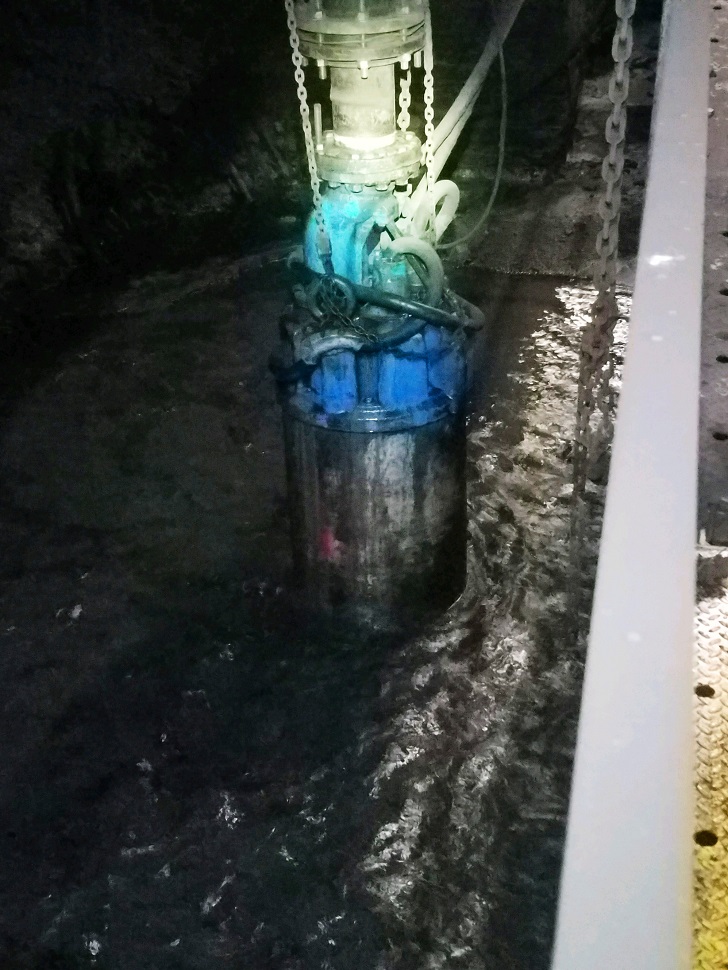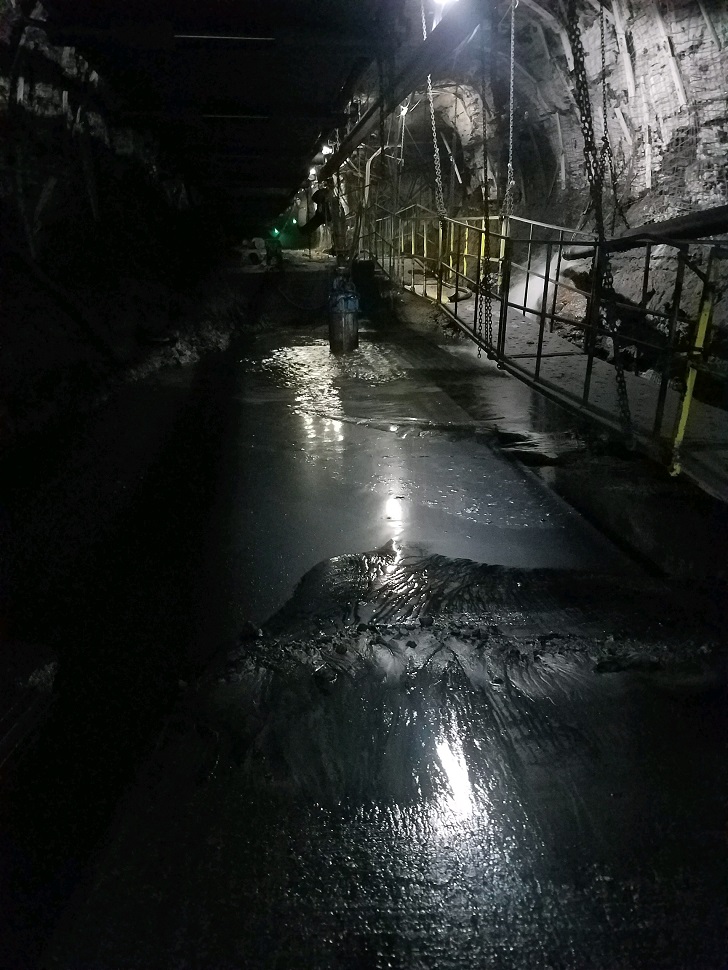

A US coal mine found that the harsh application environment was too challenging and not cost-effective for its current pumps. When they were replaced with high-head submersible pumps, they not only dealt efficiently with the difficult conditions but also offered considerable savings.
When it was first opened 16 years ago, an Illinois coal mine used a turbine in a shaft to pump water into a sump. In 2014, the mine replaced the turbine with 275-hp to solve the recurring problems caused by running dry. Despite the slight improvement in efficiency, this model’s short life expectancy and high repair costs quickly proved to be a big financial burden.
As BJ Mays, pump maverick at Buchanan Pump Service (BPS), which handles the mine’s pumping systems, explained: “Those pumps cost about US$97,000 brand new, and every three to six months, they needed repairs costing about US$49,000-US$52,000 on average. It would always require a complete replacement of the impeller, suction cover, and upper and lower housing.” The mine’s extremely demanding environment had proved too challenging for the previous pumps to deal with cost-effectively.
Vast expertise As BPS had been a Tsurumi partner for a decade, it drew on the company’s vast expertise gained from almost 50 years in the pumps’ business and advised installing Tsurumi’s LH-6110 pumps instead. At roughly half the price of the previous units they replaced, the immediate benefits were obvious, but it remained to be seen how they would fare under such challenging conditions. “The mine ordered three of these pumps, keeping two in operation and one on standby for when one of the others needed a service,” Mays said. “The average run time is four months, but I have seen upwards of six months depending on the circumstances. But although their lifespan is about the same as before, and they require the same attention as far as maintenance goes, the repair costs are approximately 50-60% less. Parts availability has gone from six weeks to one week, and over the past three years of service, there has never been a motor failure.”
As these pumps are constantly running at 3600 RPM (a high speed not usually recommended for highly abrasive applications) for 8-12 hours every day of the year, this is a notable achievement. Mays pointed out that the level of solids, such as clay, sand, silt and coal fines, in the water is at a ratio of about 1:2, which, coupled with the amount of head required on the application, makes it an extremely aggressive job to handle. “These are general-purpose dewatering pumps, so every four months or so we replace certain parts as a precaution,” Mays said. “We order a new impeller and a new suction head, they are both high-chrome and are rarely heavily worn, but when the pump has over 500 ft of vertical head, they have to be in perfect condition.” Tungsten carbide BPS also adopted a common tactic of adding a tungsten carbide coating to the parts that receive the most damage, namely, the upper and lower housing, which has effectively doubled each pump’s typical service life to six months. As the approach has been successful for the coal mine, it recently purchased a fourth LH-6110 pump which is currently at BPS’s production floor waiting on the tungsten carbide parts to come back from the coaters. Designed to withstand high pressures when used at great depths, such as in deep well draining, the LH 3-phase high-head pumps feature a cast iron casing and motor frame, a stainless-steel shaft, and an impeller made from a chromium iron casting. The 74 5/16-in tall LH-6110 model relies on a powerful 150 hp motor to deliver approximately a 700 gpm maximum capacity through its 6-in discharge, ensuring the mine remains as dry as possible. “This company also operates a couple of other smaller mines, which use Tsurumi GSZ, GSD and KRS pumps,” Mays added. “They trust the Tsurumi name and we’ve never had a complaint. What impresses me is that, over the years we’ve had maybe 30 of the LH pumps come into the repair shop, and even with all the abuse they take, I have never once had to replace a motor.” An estimated US$90,000 in annual savings had resulted from the less-expensive initial purchase and regular servicing costs of the Tsurumi units.
Headquartered in Pound, Virginia, Buchanan Pump Service (BPS) services customers from four locations and 44 trucks, providing a 24-hour service. A full-service pump company with approximately US$3.6 million of inventory, it offers pumping solutions from concept to installation, along with training, and provides a re-manufacturing, rather than repair facility.






